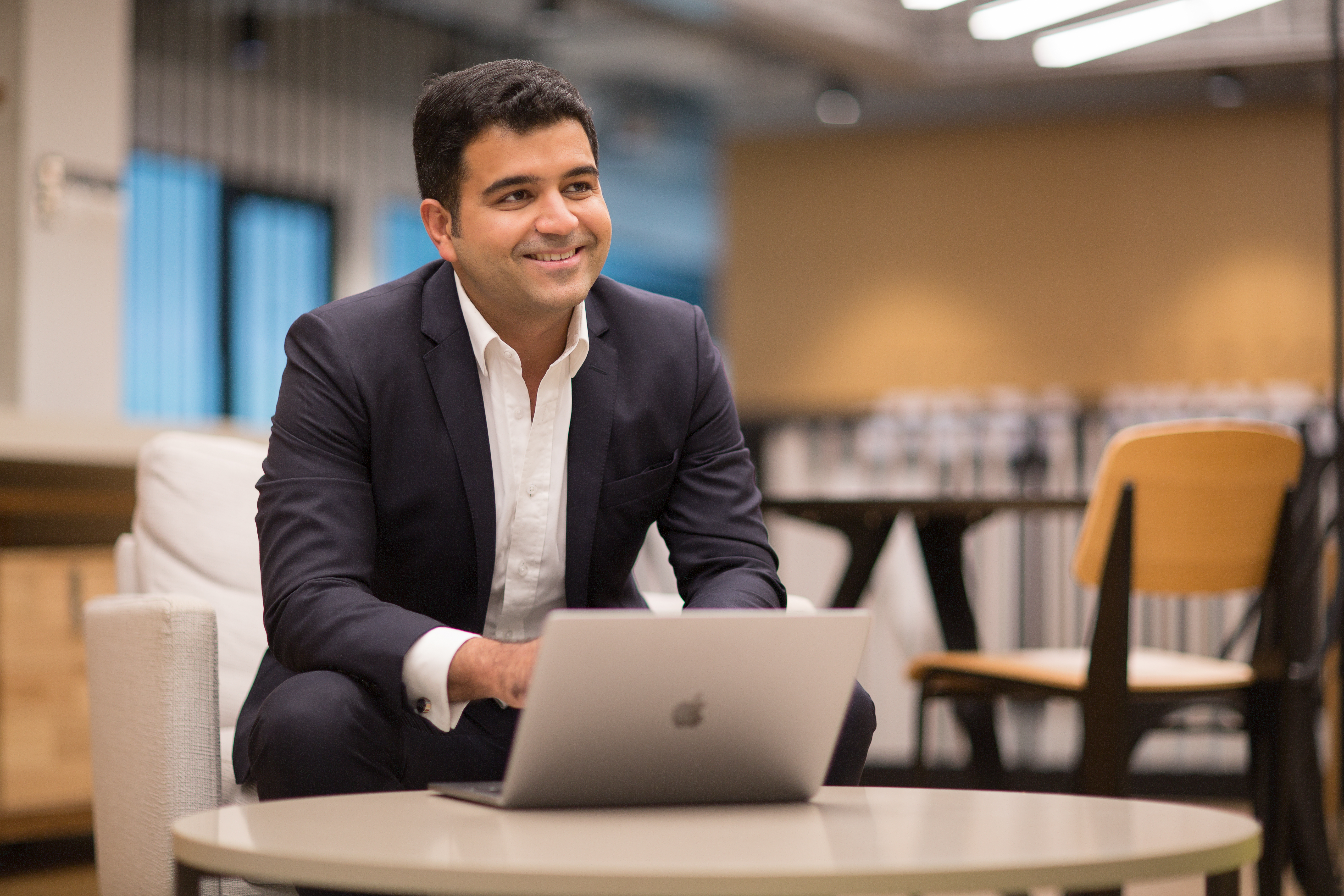Uncapped, the London-headquartered and Warsaw-based startup that offers “revenue-based” finance to European businesses so that founders don’t have to give up equity stipulated by venture capital, has raised £26 million in new funding.
The round was led by Mouro Capital (the recently spun-out fund previously called Santander InnoVentures), with participation from existing investors Global Founders Capital, Seedcamp and White Star Capital. Various angel investors have also backed Uncapped, including Taavet Hinrikus (TransferWise), Christian Faes (LendInvest), David Nolan & Kevin Glynn (Butternut Box) and Carlos Gonzalez-Cadenas (GoCardless).
Founded last year by “serial entrepreneur” Asher Ismail (who was most recently CEO of Midrive) and former VC Piotr Pisarz, Uncapped has set out to use various marketing, sales and accounting data to be able to offer finance for young businesses based on their current (and projected) revenue. It was born out of the pair’s own frustrations with the limited funding options available to European entrepreneurs, namely equity-based or traditional debt financing.
Framed as a third option, Uncapped provides what it terms “growth finance” in return for a flat fee as low as 6%. Businesses only repay the capital as they generate revenue, “with no set repayment date and no compounding interest, equity or personal guarantees”.
It was originally pitched as being particularly suited to revenue-generating companies wishing to invest in online marketing to grow sales more quickly, but has since widened its target to other scenarios.
“When we launched, we knew selling equity to buy Facebook and Google ads was a bad deal for founders,” says Ismail. “So this is where we focused and mainly funded companies for advertising and inventory. Since then we’ve set out to help companies get funding for any purpose including launching a new product, expanding internationally, or growing the team”.
Post-launch and through refining its technology, Uncapped has sped up the time it takes to make a lending decision from three days to a few hours. Once financing has been agreed, the startup can also now issue Visa cards so founders can start spending funds immediately.
“With this new investment round, we’ve also started funding earlier-stage companies with only six months of revenue history (previously our minimum was nine months),” says Ismail. “We’ve also doubled the amount we can advance at one time to £2 million. So now more companies can access funding for more use cases, and faster”.
Asked how the coronavirus pandemic has affected the way Uncapped evaluates risk, where past revenue performance may not be a reliable indicator going forward, Pisarz says a recession in some ways is the best time to build a credit model, “as everyone else’s models are now irrelevant”.
“Whereas other online lenders depend on personal guarantees and the founder’s own credit history as the main drivers of their risk models, we use live data about the company’s actual trading to make our decisions,” he tells me. “When the pandemic hit, we were able to access the real-time data about how our portfolio was performing, make quick decisions and continue to issue credit, where others were forced to pull back. Our number of investments and the returns have since grown exponentially”.
To boot, Pisarz says Uncapped has continued to upgrade its underwriting technology, and having now seen how different business models adjust to more challenging times, it has built more confidence in its underwriting.
“Unlike a VC, we need our whole portfolio to succeed, not just a few that make up for the losses of the others. So we need to have a lot of certainty in our decision making,” he concedes.
“Equity was the most expensive way to fund digital ad spend and repeatable growth, and as fundraising has become even harder due to the pandemic, it has only become more expensive,” adds Ismail. “So our sweet spot continues to be direct-to-consumer products and other fast-monetising startups that generate between £10,000-£2 million of monthly sales, have healthy unit economics and want to avoid diluting their founders and existing investors.
“For businesses that are still in the R&D stage or need more time to get to market, venture is still a good solution, but for businesses who are already live, have predictable customer acquisition costs, and repeatable growth, we know we are a better option”.


